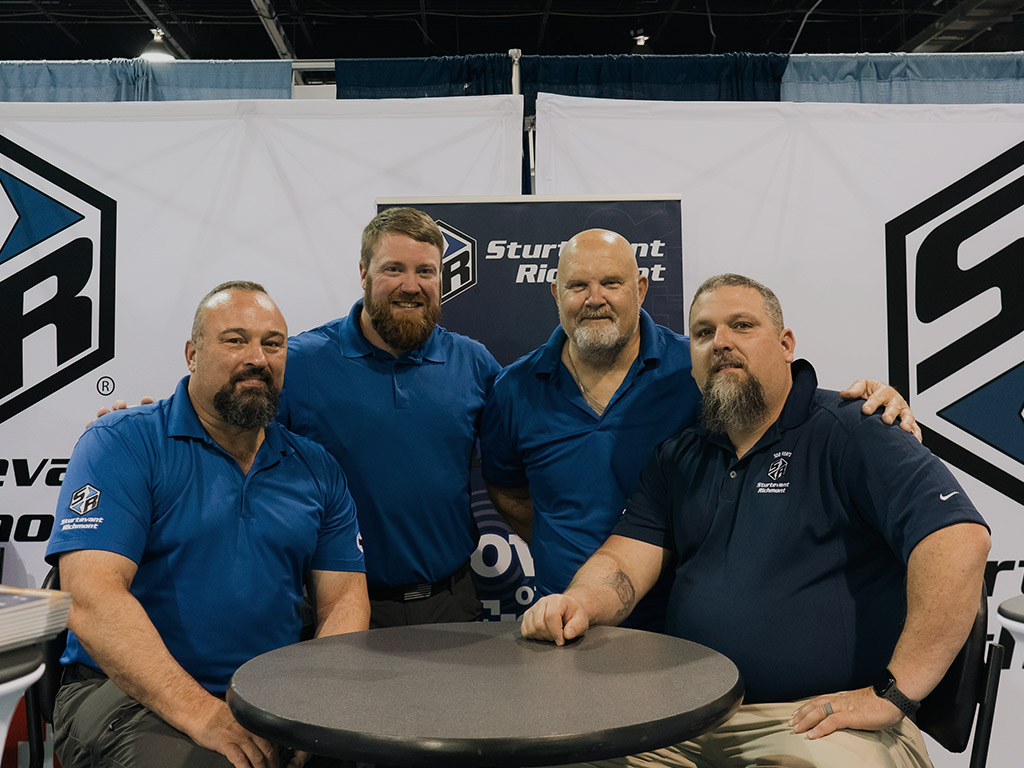A Fresh Perspective on Torque Principles
Our torque seminars have been held numerous times, consistently leaving attendees with a deeper understanding of torque principles and the reasoning behind them. Even seasoned torque professionals often express gratitude for gaining fresh insights and perspectives.


Let our torque experts
help your team thrive
At Sturtevant Richmont, our torque seminars are designed to equip your team with the knowledge and skills needed to master torque applications, enhance assembly efficiency, and drive greater throughput. Our experts work closely with your team to provide hands-on education, tailor solutions to your specific needs, and ensure that your assembly processes are optimized for precision and reliability.
To learn more about how our torque seminars can enhance your assembly teams' efficiency and throughput, contact your local Sturtevant Richmont sales representative.
Torque Seminars
Our torque seminars have been delivered numerous times. Attendees consistently depart with a refreshed comprehension of torque principles and a clear grasp of the rationale behind these principles. Even experienced torque professional frequently express their appreciation for gaining a renewed perspective on torque.
Our torque seminars have been delivered numerous times. Attendees consistently depart with a refreshed comprehension of torque principles and a clear grasp of the rationale behind these principles.
Even experienced torque professional frequently express their appreciation for gaining a renewed perspective on torque.
Torque application is a widely accepted method for gauging clamping force. However, several factors influence the output of a torque wrench, including the design of the wrench, user technique, and the condition of the fastener.
Fastening strategies vary: some focus solely on torque, while others incorporate angle measurement, which accounts for the degrees of fastener rotation. By considering thread count, thread pitch, fastener materials, and lubrication, you can accurately estimate how far a fastener will stretch. To maintain clamping force, it's crucial to keep stretching within the elastic zone of the material - where it returns to its original shape. Exceeding this zone compromises the material's ability to return to its original form, leading to unreliable clamping force estimates.
To learn more about how our torque seminar can enhance you assembly teams' efficiency and throughput, contact your local Sturtevant Richmont sales representative.



